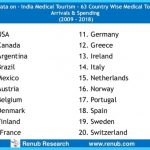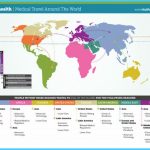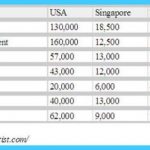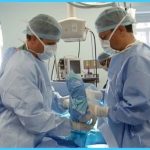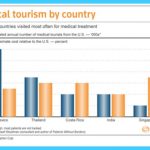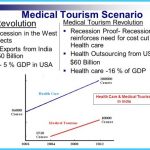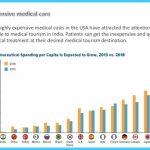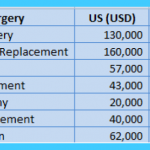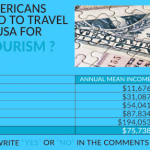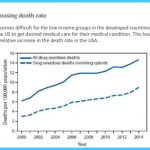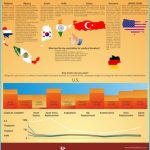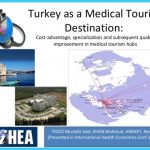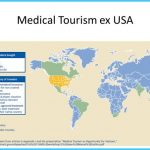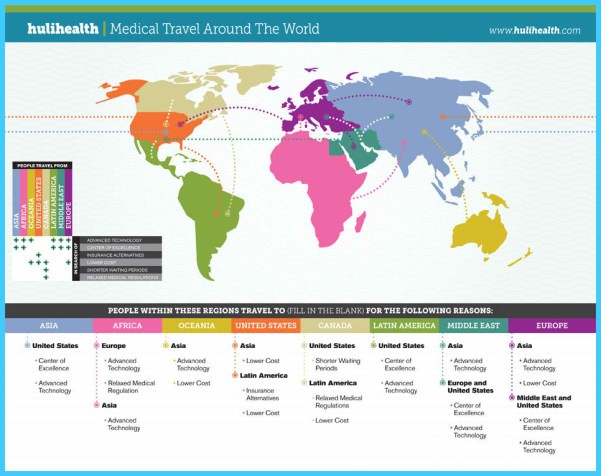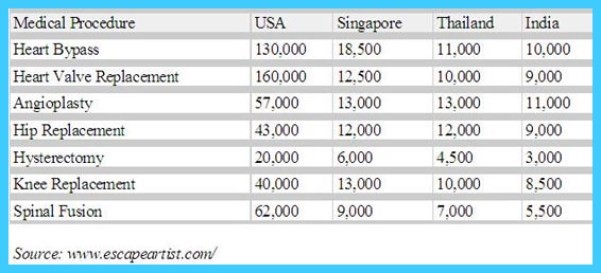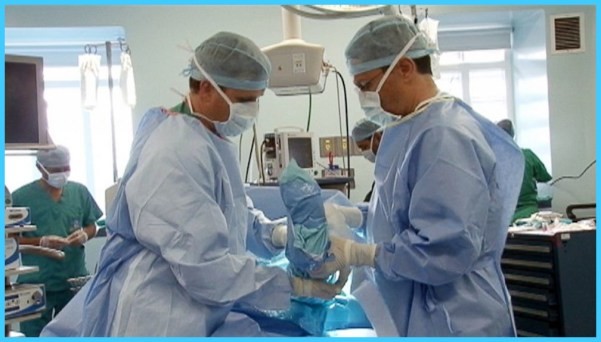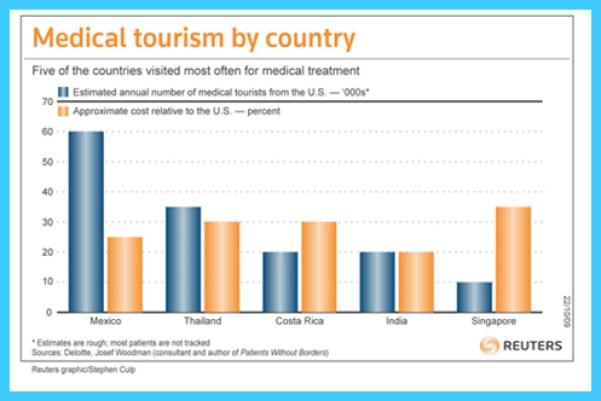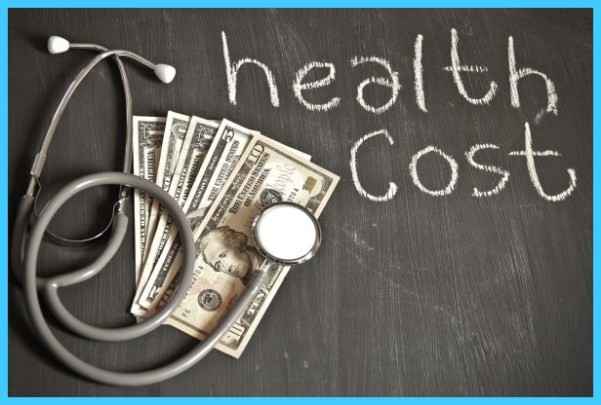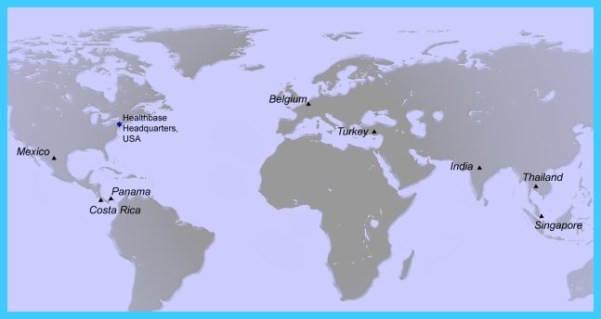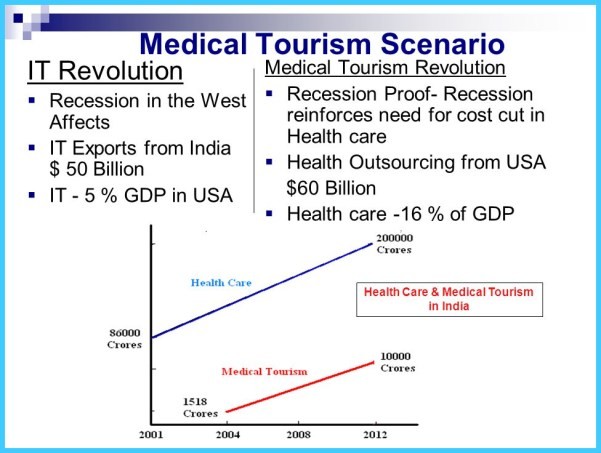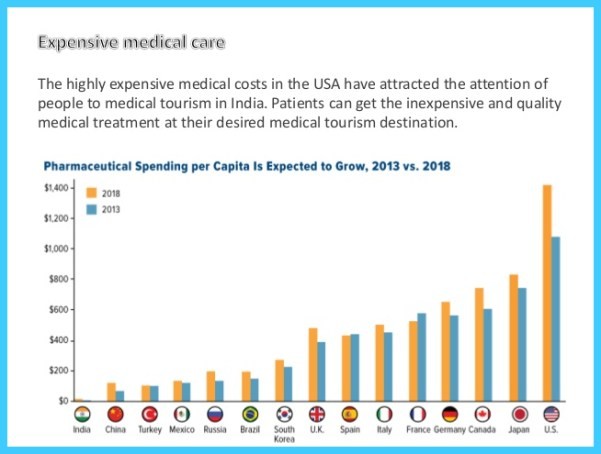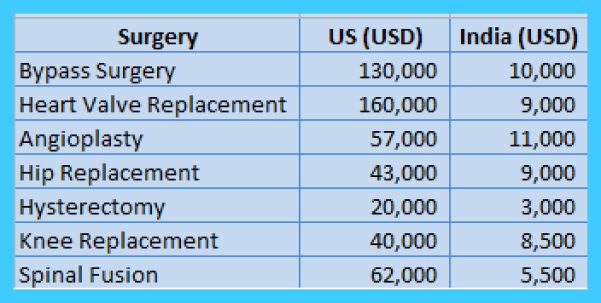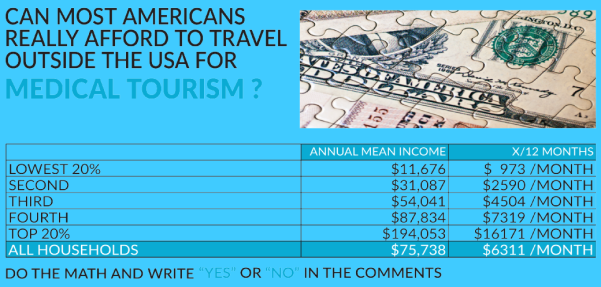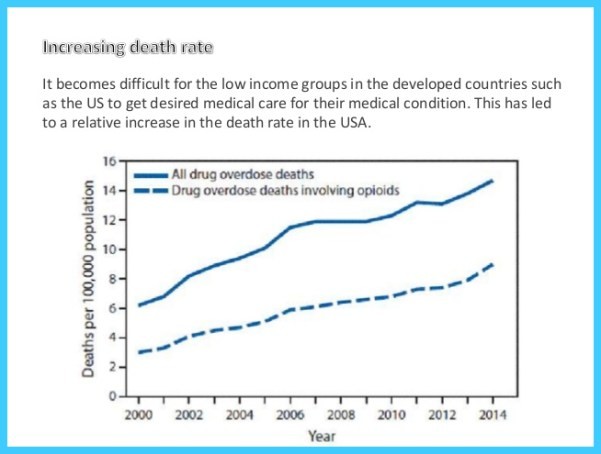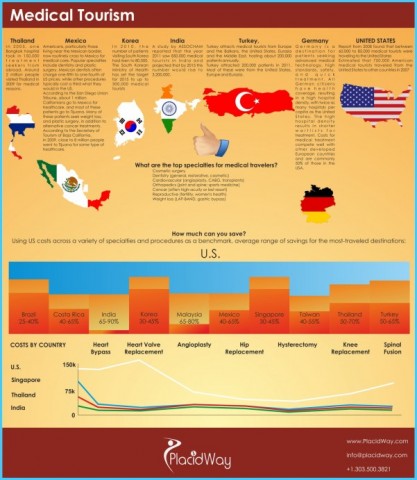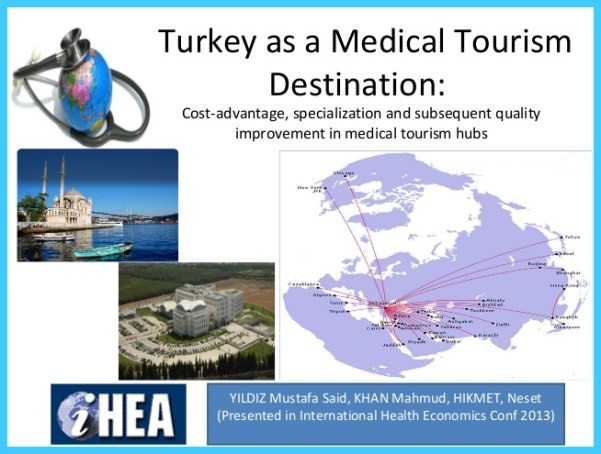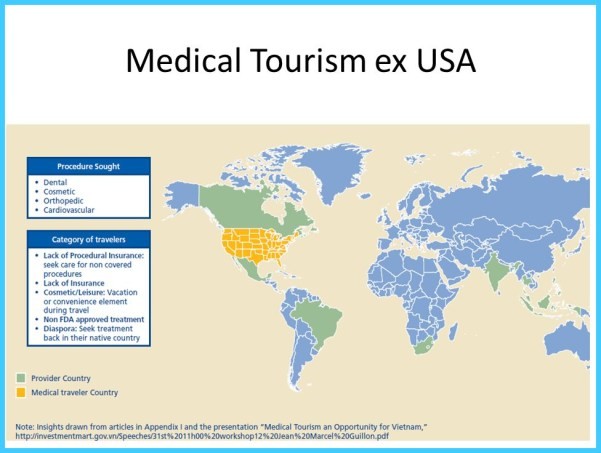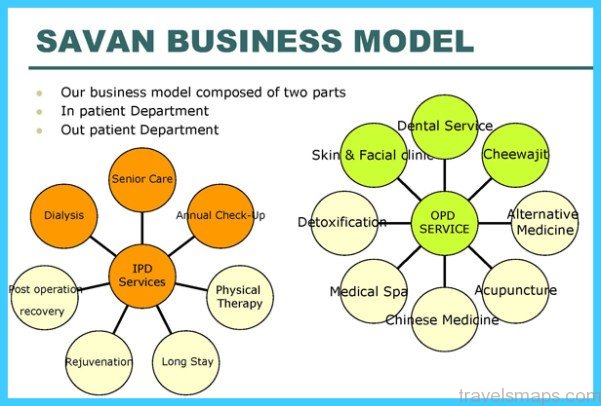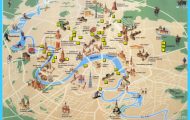U.S. hospitals provide some of the best medical care in the world and have always attracted wealthy foreigners.
Most hospitals do not disclose their international patient volumes, but analysts estimate the number of foreign patients admitted to U.S. hospitals in the tens of thousands each year. Richard K. Miller & Associates estimates the annual market at $2.0 billion.
Shannon O’Kelley, executive director of international and corporate care at New York-Presbyterian Hospital, estimates that about 3% of U.S. inpatient admissions at academic medical centers and other specialized facilities come from abroad. Since patients typically bring family and colleagues with them, each dollar foreign patients spend on inpatient care is estimated to generate another $3 of spending elsewhere in the U.S. economy, including spending for lodging, hospitality, and shopping.
Nine hospitals in the Philadelphia area joined to establish Philadelphia International Medicine (www.philadelphiamedicine.com), a company focused on marketing to foreign patients. The group’s international services center helps patients and their families with travel arrangements to the U.S. and also provides interpreters.
At least three U.S. hospitals are tapping the market for patients from Asia. The Cleveland Clinic has a Global Patient Services program that focuses on India and Japan. Johns Hopkins Hospital has developed consulting and referral relationships with providers in India, Japan, and Singapore. Seattle’s Swedish Medical Center has launched an international healthcare program aiming to increase its foreign-patient base from Asia.
MEDICAL TOURISM in USA Photo Gallery
Traveling Abroad for Medical Procedures
Just as U.S. hospitals are attracting patients from abroad, hospitals in other countries are also competing strongly for the world market.
McKinsey & Co. (www.mckinsey.com) estimated 60,000 to 85,000 patients from the U.S. travel abroad annually for treatment at foreign hospitals. Most aren’t seeking low-cost care, but rather the latest treatments, more advanced technology, or better quality care. Taking into account cosmetic and dental procedures, the number of U.S. patients traveling abroad is much higher than the McKinsey & Co. estimate.
Josef Woodman, author of Patients Beyond Borders (2007, Healthy Travel Media), estimates that more than 150,000 Americans travel abroad annually for healthcare. Others put the number as high as 400,000.
Cost is the primary driver attracting patients in countries such as Asian locales.
A heart bypass costs $8,000 to $15,000 in Thailand or India, compared with $25,000 to $35,000 in the United States. In addition to excellent medical care, Asian healthcare services offer patients limo pick-up and convalescence time in a hotel.
Medical tourism companies, in collaboration with specialist travel agents, have sprung up across the U.S., and some insurance plans are encouraging these endeavors. Some companies are even encouraging their employees to seek health services abroad, and some reimburse employees a percentage of what is saved in medical costs. In some instances, corporate health plans can save 50% of medical costs, even if the employer pays for the worker to spend recovery time in a upscale hotel. HR Magazine foresees that corporations and their health plans may soon cover medical tourism as a standard health benef it.
Approximately 120 foreign hospitals are certified by Joint Commission International, a subsidiary of the Joint Commission (www.jointcommission.org), which accredits U.S. hospitals. Among the top destinations, Southeast Asia, Mexico, Costa Rica, and Panama are expected to become popular for medical care.
Overseas dentistry is also becoming popular with some cost-conscious Americans. Hungary, where dental care costs are about one-quarter of those in the U.S., is recognized as one of the major destinations for dental tourism. Small cities like Mosonmagyarovar and Sopron have been dubbed “dental meccas,” with each having about 150 dentists supported primarily by patients from abroad.
The Medical Tourism Association (www.medicaltourismassociation.com) has developed a website where U.S. residents can access information on medical tourism, identify hospitals and providers, and learn about patient outcomes.
45.3 Market Resources
Medical Tourism Association, 10130 Northlake Boulevard, Suite 214, West Palm Beach, FL 33412. (561) 791-2000. (www.medicaltourismassociation.com)
Maybe You Like Them Too
- The Best Places To Visit In North America For Christmas
- Faro Travel Guide: Map of Faro
- Mumbai Travel Guide For Tourists: Map Of Mumbai
- Travel to Budapest
- Thailand Travel Guide for Tourists: The Ultimate Thailand Map

